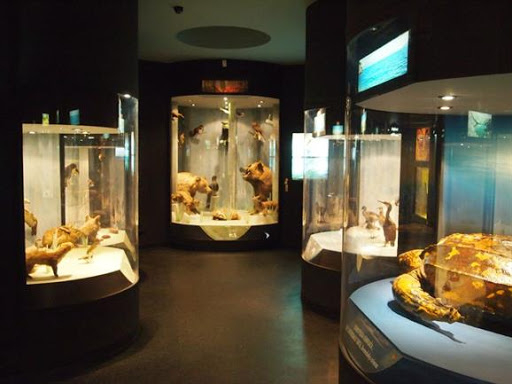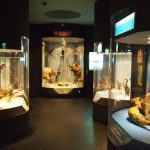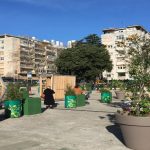
August 5, 2020 – The Natural History Museum Rijeka participates as a partner in as many as four EU projects. Within them, it has so far carried out numerous activities, from research and protection of biological diversity to the design of educational programs.
T.portal reports that Primorje-Gorski Kotar County, the founder of the institution, announced on Wednesday that the museum is a partner in the projects “LIKE – Life on the Karst Edge”, “CLAUSTRA + – Cross-border destination of cultural and green tourism Claustra Alpium Iuliarum”, “KRASn’KRŠ – Protection and valorization heritage and the development of sustainable tourism in the cross-border karst landscape and the Cultural and Tourist Route “Frankopan Roads”.
The area of interest of the project “LIKE – Life on the Karst Edge” is the karst edge, a series of steep rocks and limestone slopes in Slovenia and Croatia in northern Istria, across Ćićarija to Učka.
In this area, the long-term interaction of man and nature has produced distinctive biological, cultural and aesthetic values, and maintaining this relationship is necessary for their preservation, the county points out.
The rich natural potential of the area is under increasing pressure from visitors, but also long human activities, given the proximity of densely populated areas on the Koper-Trieste and Opatija side.
Within this project, the museum protected and restored biological diversity, by establishing a joint program for the management and monitoring of Natura 2000 with Slovenian partners.
Necessary equipment for additional field and laboratory research was procured, a special part of the Botanical Garden next to the museum building was arranged, intended for the protection of plant species in a special protection regime.
The Natura 2000 educational program was designed and implemented, within which online materials were prepared and more than 40 workshops were conducted in the museum and other locations.
The goal of the “CLAUSTRA +” project is the tourist evaluation of the remains of the ancient defense complex Claustra Alpium Iuliarum from Rijeka to the area along the Soča in Slovenia.
The museum participated in about fifty lectures, workshops and guided tours in the museum and in the field. The “Roman Night in Nature” event was held twice, next to the preserved remains of the defensive wall near Studena, north of Rijeka.
Field research was carried out with the aim of establishing a model of vegetation in Roman times, and a Roman garden with plants used by the Romans and which once grew in the area of the Claustra complex was opened in the Botanical Garden of the museum.
As part of the “KRASn’KRŠ” project, work was done on adapting the tourist offer to the needs of modern visitors in connection with the four existing karst heritage sites in Sežana, Škocjan Caves, Brod na Kupi and Punat, which were upgraded to interpretation centers and the museum developed an umbrella interpretation strategy.
A multimedia interdisciplinary presentation of karst and a traveling exhibition was designed and the first Karst Festival was held.
Among other activities, the Natural History Museum Rijeka traced an educational trail in the wider area of Mali Platak and opened the Visoki Krš Interpretation Center as part of the arrangement of a new permanent exhibition in the Zrinski Castle in Brod na Kupi.
The museum is a partner in the project “Cultural and tourist route Frankopan Roads”, with the aim of protecting and presenting the cultural heritage of the noble Frankopan family in the Primorje-Gorski Kotar County, which includes 17 castles and three sacral buildings.
The permanent exhibition in Kaštel Zrinski will show the natural heritage of the Kupa Valley and Gorski Kotar in an attractive way and with the use of the most modern museography approaches and technologies, from the Kupa and life in it, mountain forests and their inhabitants to the highest mountain peaks.
Visitors will be able to learn more about living conditions in different habitats, about rare and endangered species, but also about the traditional coexistence of man and nature in this area. The arrangement of this exhibition is expected at the end of 2020, Primorje-Gorski Kotar County reported.
To read more about lifestyle in Croatia, follow TCN’s dedicated page.









